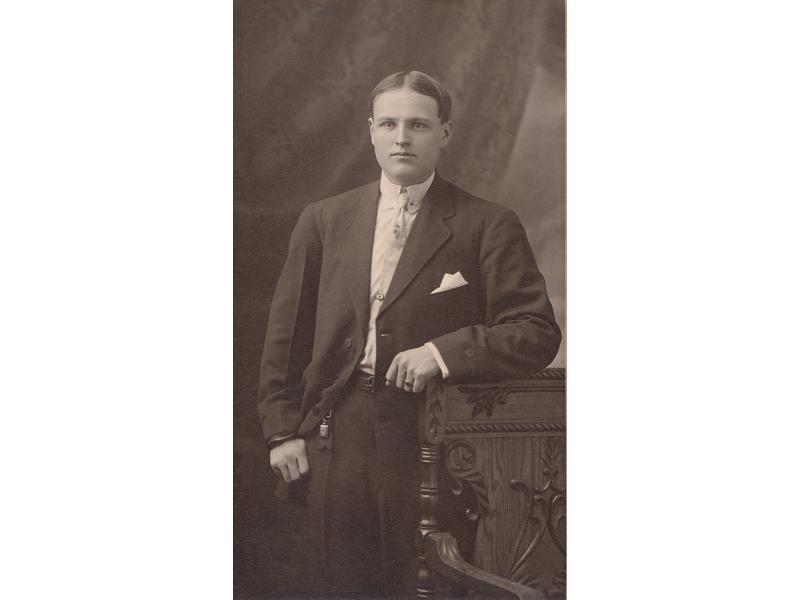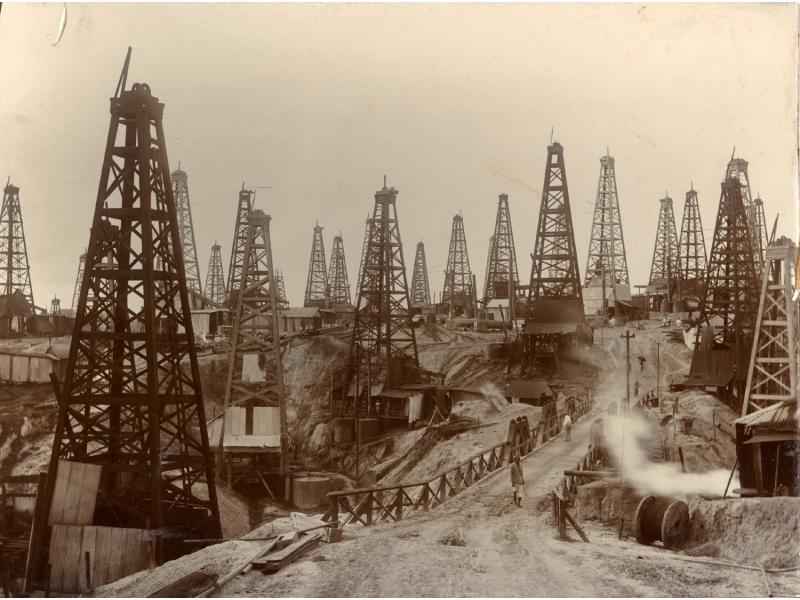Arthur Brown learned about oil well drilling in Petrolia along with his brothers. He married Lulu Codling in 1913 and left her with one daughter to join the ranks of other Lambton County men to drill for oil in foreign fields. When his wife died in the Spanish Influenza epidemic of 1918, Brown never returned home. He eventually married a Burmese woman, much to the disapproval of his Canadian relatives, and lost touch with his daughter who eventually moved to the United States.
Brown was a big man and surprised everyone that he passed the physical exam and joined the British Army during the Second World War. He had been working in the famous oil fields of Yenangyaung up until this time and was intimately familiar with the placement of the oil wells. When the army of the Empire of Japan began their campaign to capture Burma, now Myanmar, it became clear that the oil field would have to be destroyed so that it could not fall into enemy hands. In April, 1942, Brown assisted the British Army in setting the charges to destroy the oil field in order to disrupt oil production.
Watch footage of the Yenangyaung Oil Field being destroyed during the Second World War at the British Pathé Website (opens a new window). At 2:13, drillers can be seen breaking equipment. At 4:35, the oil field is shown smoldering in the aftermath of the fire.



 Arthur and Dorothy (his daughter or niece?) Brown at home. Arthur appears to be in a World War I uniform.
Arthur and Dorothy (his daughter or niece?) Brown at home. Arthur appears to be in a World War I uniform.  Portrait of Arthur Brown
Portrait of Arthur Brown  Yenangyaung oil field where Arthur Brown was working during the Second World War.
Yenangyaung oil field where Arthur Brown was working during the Second World War. 


Add new comment